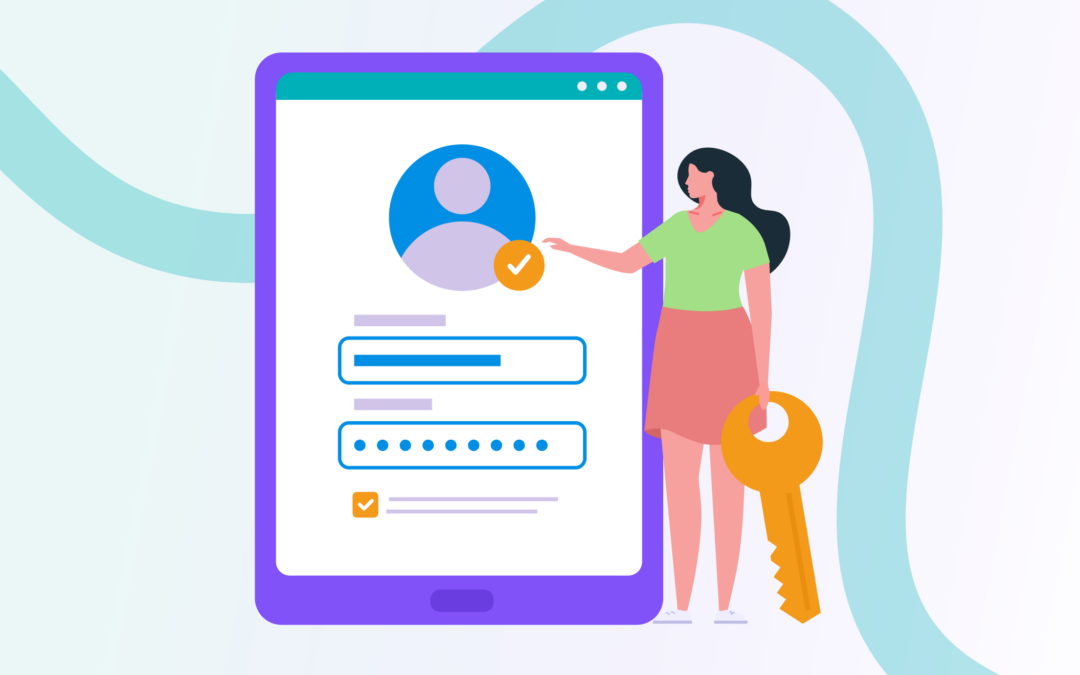
Introduction
Now more than ever, cyber threats are a risk for all organizations. IBM estimates the average cost of a data breach is $4.35 million. Your organization can’t afford to not protect its data.
When you guard your data from cyber threats, you also protect your organization’s reputation, helping to build trust with your learners. The more secure your data, the greater the trust in your continuing education program.
Read our blog to discover the importance of multi-factor authentication (MFA) and learn how to leverage this important security practice in your learning management system.
What is multi-factor authentication (MFA)?
Multi-factor authentication is used to house sensitive information like online bank accounts, member data, employer accounts, or medical benefits portals. MFA is a secondary method of security used after your username and password on the software administrator login page.
Using MFA increases the safety of your data by requiring a user to enter a unique entry code of login credentials. A user can only be granted access to the system when they enter a unique login code provided by the software (sent by text, authentication app, or email).
In the case of your continuing education program, MFA will safeguard any data you use in your learning management system (LMS).
Why is multi-factor authentication (MFA) important for continuing education
By using MFA, your continuing education program is on the path towards compliance with data privacy and security regulations outlined by the General Data Protection Regulation (GRPR). Not only can MFA protect your learner data, but it can protect your continuing education content. When you have extra security measures in place, like MFA, your learning offerings are guarded from cybersecurity threats, and by extension, your learners and staff are protected too.
Finally, using MFA can help prevent phishing attacks in your continuing education program. Because MFA boosts your LMS platform’s defenses, even if a user mistakenly gives up their password, the cybercriminal won’t have access to your system without the additional password prompt, meaning your learner data is safe and your program is protected.
How can your organization implement multi-factor authentication (MFA)?
Before implementing MFA, you’ll need to do a little work. If your learner data is saved in different locations or across different spreadsheets, it may prove a challenge to collect and share data safely. Don’t risk data threats and don’t risk data breaches. Say goodbye to spreadsheets and siloed data today!
Move to consolidate your learner data in a single, secure location like your learning management system (LMS).
How Freestone LMS makes multi-factor authentication (MFA) easy
With Freestone LMS you’ll get built-in MFA functionality for administrators, so you won’t need IT experts to set it up. You can use MFA for a more secure login process and to reduce the risk of a data breach. Using MFA is an extra layer of security and goes a long way in addressing learner concerns about privacy, security, and regulations while moving towards compliance.